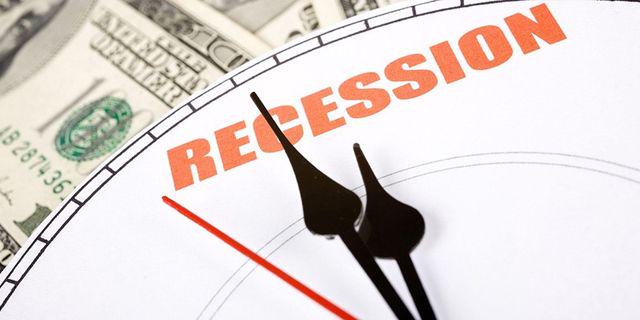
Sempre que a inflação excede 4% e o desemprego vai abaixo de 5%, a economia dos EUA entra em recessão dentro de dois anos.
For a seamless experience, click “Redirect me.”

Não perca seu tempo. Acompanhe o impacto das NFP no dólar dos EUA!
Aviso de coleta de dados
Nós mantemos um registo dos seus dados para fazer funcionar este sítio web. Ao clicar no botão, concorda com a nossa Política de Privacidade.

Livro de Forex para principiantes
O seu grande guia no mundo do trading.
Confira a sua caixa de entrada!
Encontrará no nosso e-mail o Livro Básico de Forex. Basta tocar no botão para obtê-lo!
Alerta de risco: ᏟᖴᎠs são instrumentos complexos e vêm com um alto risco de perda rápida do dinheiro devido à alavancagem.
71,43% das contas de investidores de retalho perdem dinheiro ao negociar ᏟᖴᎠs com este provedor.
Deve considerar se entende como funcionam os ᏟᖴᎠs e se tem condições de assumir o alto risco de perder o seu dinheiro.
Informação não é consultoria em investimentos
Bulls gore their opponents and then lift them on their horns. Investors, called "bulls," act similarly - they make money on rising asset prices. Therefore, a period on the market when most investors behave this way is called a "bull market." While a bull market, demand for assets is high, everyone wants to buy something, and prices increase. At some point, investors begin to believe that this will happen forever. Then a self-fulfilling prophecy happens: the value of assets continues to rise, not because of business success, but because of investors' faith in further growth.
There have been 12 such periods in the United States since World War II. The last one is happening right now – a large part of the global economy has been growing strongly since the financial crisis of 2007-2009. And even the coronavirus pandemic has not stopped this bull market, the longest on record.
A bear market is a period when asset prices fall for a long time. It is no coincidence that bears are mentioned in the name: these animals knock the victim down and tear it apart during the attack. "Bears" are investors who make money on falling prices.
There is no clear definition of how much assets should decrease in value for a bear market to begin. Usually, investors believe in a bear market when prices fall by at least 20% compared to the nearest peaks, and the process continues for more than two months.
Unfortunately, crises are inevitable in the economic cycle. There is no universal reason for what is happening. These can be market "bubbles," political and military problems, a slowdown in economic growth, and so on. The fall is usually aggravated by the investors themselves, who first believe in success till the last, and then panic. As a result, assets get sold, volatility jumps, and prices decline.
Capital flow
Capital flows from haven to risk assets in a bull market as traders and investors increase their wealth. Conversely, investors try to protect their capital in periods of bear markets. As a result, they leave risky assets and transfer their funds into haven assets.
Interest rates
Low interest rates typically accompany bull markets. It happens because low key rates make loans more affordable for business and retail investors. As a result, a business can grow, and retail investors can buy shares of companies and push prices even higher.
GDP performance
High GDP growth rates are usually accompanied by bull markets, while bear markets correlate with low growth rates. GDP growth rates accelerate when companies' performances increase, and employees get higher salaries, increasing consumer spending.
On the contrary, when consumer spending decreases, companies get less revenue, investors sell stocks, and a stock market struggles.
Investors have a common phrase: "Everyone is a genius in a growing market." It is partly true because it is easy to profit when most assets are growing. However, there is a competition for the size to earn 10 or 30% per annum.
However, do not forget about volatility. Markets can fluctuate, and it is difficult to guess where the price bottom was and when the price peak will be. Trader can take risks and try to hit the jackpot, or you can earn slowly. According to the degree of increase in riskiness and profitability, there are a few strategies.
Buy and hold
It is a classic and most accessible strategy for the average person. The meaning is literal: read analysis, look at indicators, choose worthy and stable companies, buy their shares, and keep them in the portfolio until it reaches a target, no matter what happens in the markets later.
This option is especially suitable for those investors who are not going to take profits soon or live only on investments. The strategy works well for the future, especially in decades.
For example, one of the most successful investors in the world, Warren Buffett, bought Coca‑Cola shares in 1988 and still holds them. For 33 years, the investment brought 1553% profit, excluding dividends.
Buy corrections
No matter how hard the market rushes up, corrections inevitably occur. Correction is a short period when asset prices fall by a few percent and sometimes by 15–20%. Usually, prices recover quickly, but some investors wait and buy assets at precisely such moments because the yield becomes even higher.
Use a leverage
Traders, professional participants in the stock market, use this strategy. The point is to invest not only your own money but also borrow money from a broker. It is a risky method. A trader can count on a 10-15% increase in stocks, and they will grow by only 2%. It is still a profitable trade, but with a bad risk-to-return ratio. It would be easier to achieve the same result by buying bonds.
Do not panic and do not sell assets
The "bear market" is not eternal, one day, the economy will begin to grow again, and assets will return their value. Therefore, it is better not to sell good investments for next to nothing.
Losses on charts and brokerage applications are "paper," not real. Actual losses will occur only when the investor sells the asset and sees less money on the account than invested. Before this, losses do not exist.
Moreover, a sell-off can drag the market down for a long time. For example, during the 2008 crisis, indices reached a minimum only on March 9, 2009, more than a year after the beginning of the recession. So do not follow other timid investors and rush to sell assets.
Pretend there's a sale around
Additional profits in the "bear market" are quite possible. Therefore, you need to select investments carefully. If the investor knows what he/she wants, sees promising companies, and expects profit not today but in the future, then every bear market is a gift. It is a chance to invest in high potential companies cheaper. It is no coincidence that Warren Buffett advised: "Be fearful when others are greedy and greedy when others are fearful."
At the same time, it is not necessary to wait for the very bottom of the "bear market" because no one knows when it will happen.
It is better not to guess but to choose a position sizing technique. Regardless of the price, invest in suitable companies for your goals. It is not as profitable as guessing the bottom and peak of the price, but it is more realistic.
Both bullish and bearish markets provide traders with a wide range of opportunities. However, to use them correctly, traders must know exactly which market they are trading in.
"Well, this is a bull market, you know" - Edwin Lefèvre, "Reminiscences of a Stock Operator."
This quote is from one of the most popular books on stock trading. It means that traders should follow the global trend and look for long trades on a bull market and short traders on a bear one.
On the other hand, long-term investors gather positions on a bear market and take profits on a bull market when prices are close to highs.
Several instruments might help traders define the trend. One of the most famous of them is the RSI oscillator.
Fortunately, FBS traders can open trades on both sides regardless of market behavior.

Sempre que a inflação excede 4% e o desemprego vai abaixo de 5%, a economia dos EUA entra em recessão dentro de dois anos.
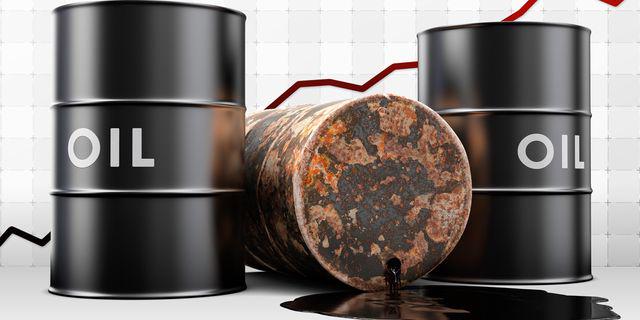
O mercado de petróleo está sob forte pressão graças à demanda em alta e à oferta em baixa. A OPEP+ não pode ou não quer cumprir as suas próprias metas de produção, insistindo em limitar os aumentos a 400.000 barris por dia, mesmo com a alta dos preços.
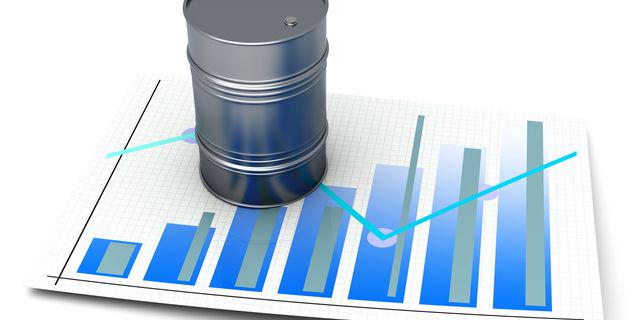
Mais e mais analistas afirmam ter certeza de que o petróleo Brent vai superar os US$ 100 o barril. Como será o impacto do petróleo no mercado e para onde aponta o movimento? Vamos descobrir!
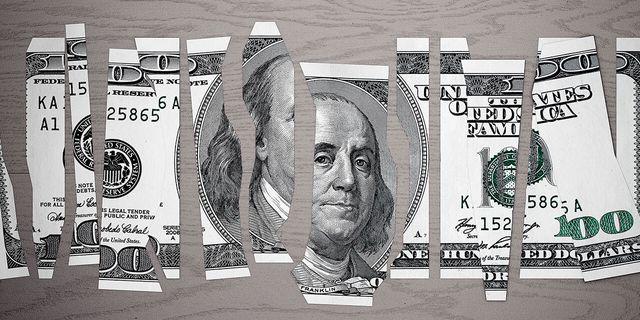
A pandemia continua a prejudicar a atividade económica na China, a guerra na Ucrânia continua a impactar a economia europeia inteira, e os esforços do Federal Reserve para controlar a inflação ameaçam provocar uma recessão.

Sempre que a inflação excede 4% e o desemprego vai abaixo de 5%, a economia dos EUA entra em recessão dentro de dois anos.
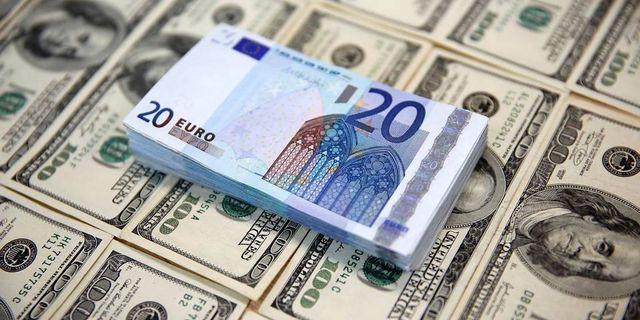
BCE dovish e Fed hawkish pintam uma paisagem pessimista para o EUR/USD. Será a próxima parada uma queda a 1,0770?
Seu pedido foi aceito
Faremos contacto no intervalo de horário escolhido
O próximo pedido de contato para este número de telefone estará disponível em 00:30:00
Se tiver um problema urgente, por favor, contacte-nos via
Chat ao vivo
Erro interno. Por favor, tente novamente mais tarde